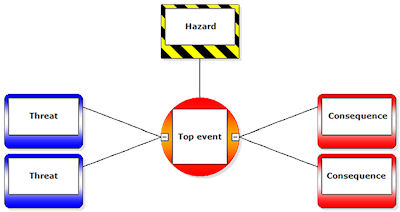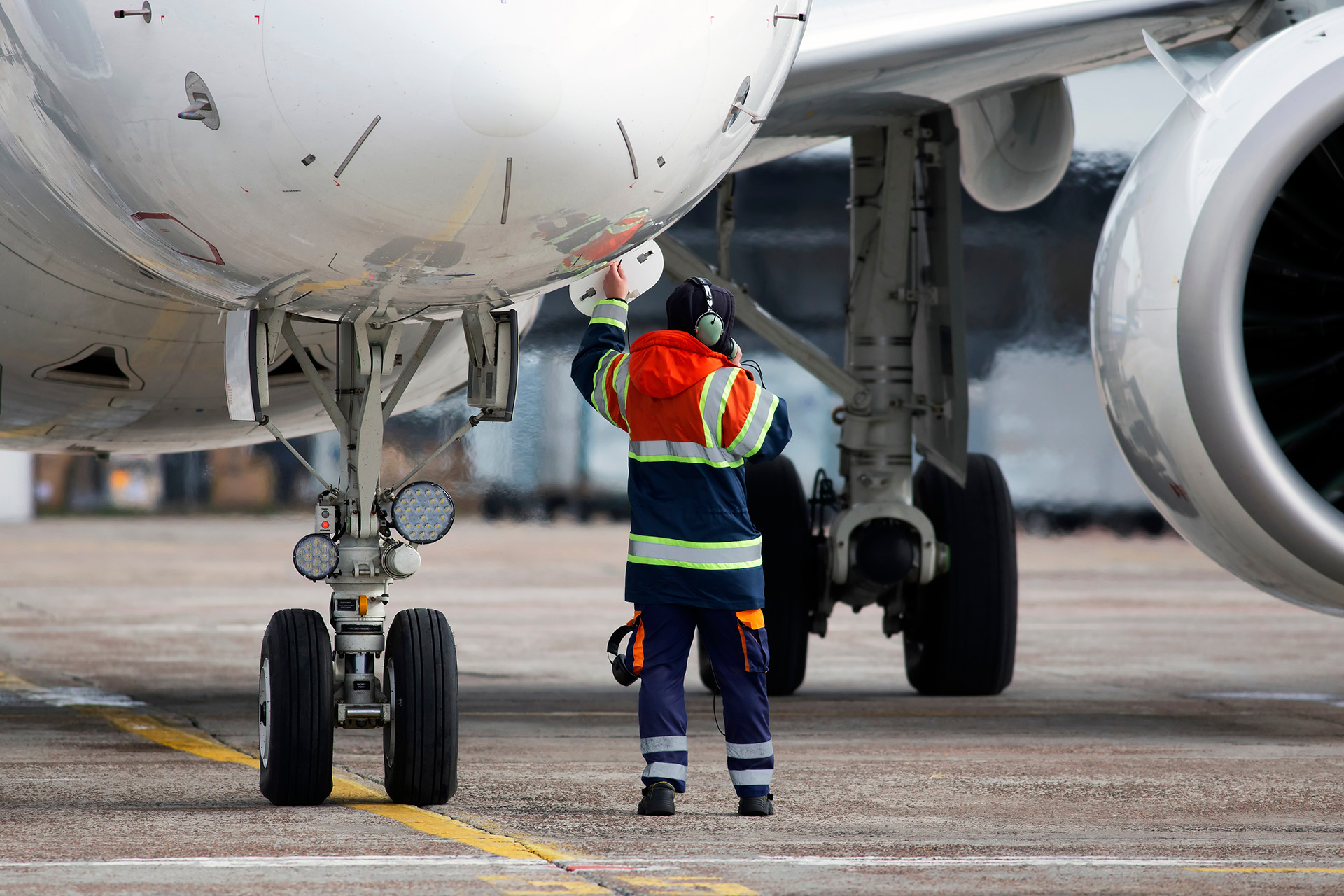Consequences feature to the right of the top event.
They describe the undesirable events (usually accidents and safety related) that may potentially result from the top event if the event is not managed with recovery controls.
In our driving a car on a busy motorway, a consequence would be collision with another vehicle resulting in serious injury or fatalities.

Definition
A potential event resulting from the release of a Hazard, which directly results in loss or damage.
Guiding principles
- Consequences should be expressed in operational terms (e.g. ‘collision on the runway’) so that the scenario being controlled is clear to the reader.
- Consequences are events not the actual loss or damage. The loss or damage is the ‘outcome’ against which severity is usually gauged. In certain circumstances it can be desirable to include some brief information on the outcome within the consequence description in order to clarify the issue for the reader (e.g. mid-air collision resulting in the loss of both aircraft).
- If the top event is not controlled, it should be capable of resulting in any of the consequences.
Traps and tips
- Trap: Multiple threat or consequence lines with identical controls.
- Tip: Consolidate the threats or consequences. Unless there are specific differences in the controls, using several lines usually does not add any value.
- Tip: If you are managing the worst event, you are usually managing other less significant outcomes (e.g. there is no value to be gained from including ‘nothing happens’ as a consequence.

